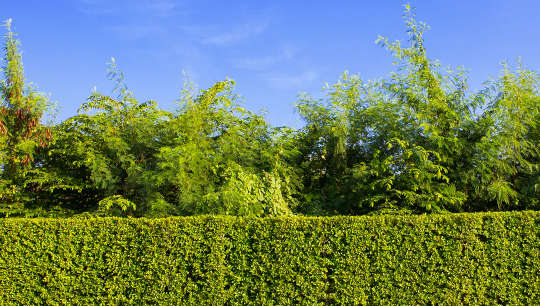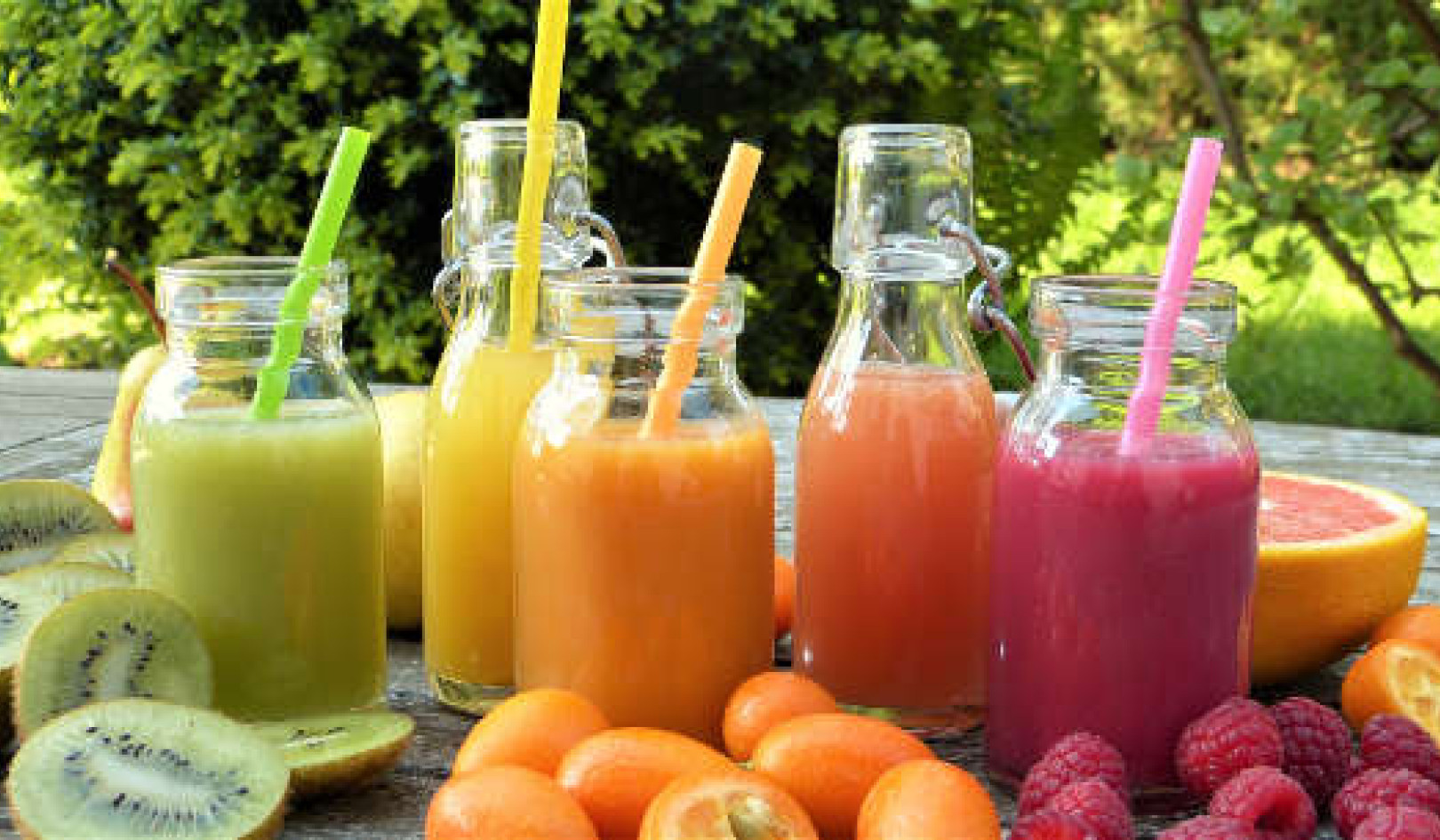
Could there be anything more British than a National Hedgerow Week? Possibly no one in the world is more particular about a nice neat hedge than your average suburban householder in the UK. But there is so much more to the humble hedge than neat lines and envious glances from the Smiths or Joneses next door.
As the new hedgerow campaign was kicking off this summer, a Royal Horticultural Society survey revealed that 40% of British gardens have a hedge, and between 20% and 25% of urban space is taken up by domestic gardens. This means we have an important resource at our disposal to improve the quality of the city environment.
National Hedgerow Week was created to highlight the immense contribution hedgerows make in the fight against climate change, biodiversity loss and urban air pollution. With 50% of hedges lost since the second world war due to building development and large scale farming, there has never been a more important time for people to start planting and protecting these high-functioning mini nature reserves in our towns and countryside.
The Climate Change Committee government advisory body says the UK needs to plant 200,000km of new hedgerows if it is to meet its 2050 net zero target. Healthy hedgerows are essential habitats for biodiversity, supporting over 2,000 species, including the hedgehog and several European protected animals, notably the dormouse, great-crested newt and most species of bat.
Get The Latest By Email
Over the hedge
A sizeable feature of the UK suburban landscape, hedges are cheaper and easier to grow compared to some other forms of green “infrastructure” such as sedum roofs, vertical gardens or just plain old trees. This makes them a compelling subject for study.
We reviewed the most recent and relevant scientific studies on hedgerows, covering over 40 popular and widely used plant species and varieties. Our aim was to establish what is known about the capacity of hedges to provide environmental benefits such as cooling and insulating buildings, reducing flood risk, supporting biodiversity, as well as reducing noise, air and soil pollution. We also looked for signs of any potential issues that can arise such as invasiveness, capacity to cause allergies, and sometimes being difficult to manage.
As plant scientists, we are well aware of the environmental benefits that plants provide us, along with the occasional issues they cause. We also know that individual varieties differ in the benefits they can provide. This is due to differences in plant size, canopy structure and leaf and root properties. But most research papers investigate individual benefits, so we wanted to bring all this information together as a useful resource.
What we found
This extensive range of studies shows that a number of common hedge species have a whole host of environmental positives. Hedge species with the highest overall pool of benefits (cooling, removing airborne pollutants, reducing flooding) include beech, hawthorn and holly. No species from our surveyed list had an entirely negative set of properties, and most provide at least some environmental benefits (for example Viburnum tinus and cherry laurel, which support pollinators and provide an excellent noise barrier).
We created a table linking plant species, key traits, benefits and any potential issues to make it easier for people to choose the species best suited to their own gardens. This is by no means an exhaustive list, but a cross-section from the available data.
Plant your own hedge
Working in this research area for the past decade has taught me that the following characteristics are generally linked to more environmental benefits: woody, evergreen and perennial planting (that is, varieties that live longer), a diversity of planting and planting bigger plants that flourish and grow more quickly.
So if you’re looking to plant a hedge in your urban garden, go for an evergreen species such as privet, western red cedar or Eleagnus, or a good mix of evergreen and deciduous (which lose their leaves come autumn), such as beech or hawthorn. Prune annually from November to February (so you don’t disturb nesting birds in spring) to encourage more branching and a denser canopy in later years. Also if you can, let your hedge grow a bit bigger and deeper – say a metre – as this will supercharge its ability to to capture carbon and absorb air pollution.
If you live in an area where a particular issue is prevalent, such as flooding or excessive traffic noise, you may want to consider the species known to excel in tackling these problems. For flooding issues try hawthorn; for noise, Euonymus is great at dampening sound. But in most situations planting a good all-rounder such as privet (Ligustrum) or holly (by itself, or mixed with hawthorn) will see you and your local wildlife reap the benefits of your own private nature reserve.
This Article Originally Appeared On The Conversation







